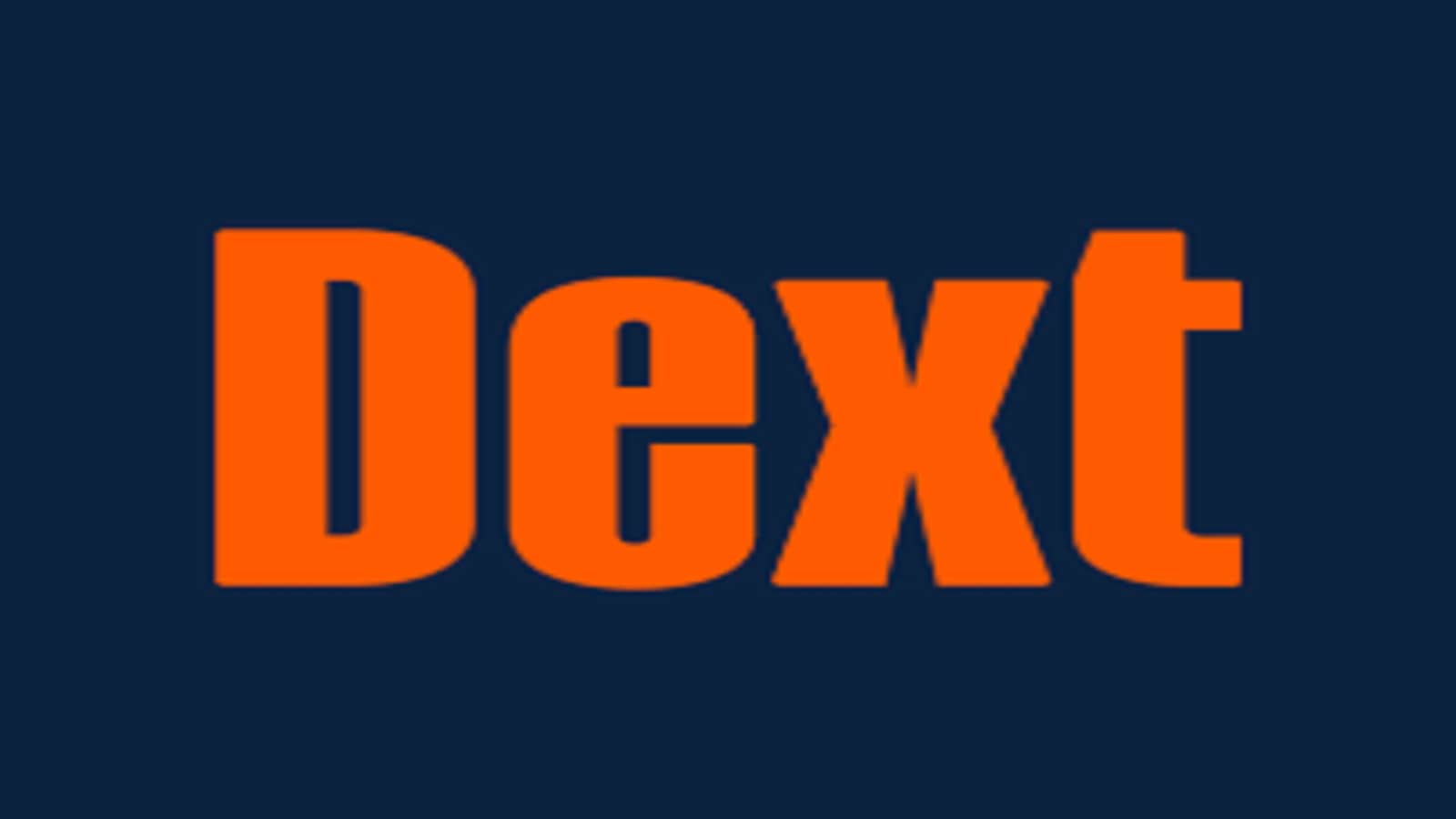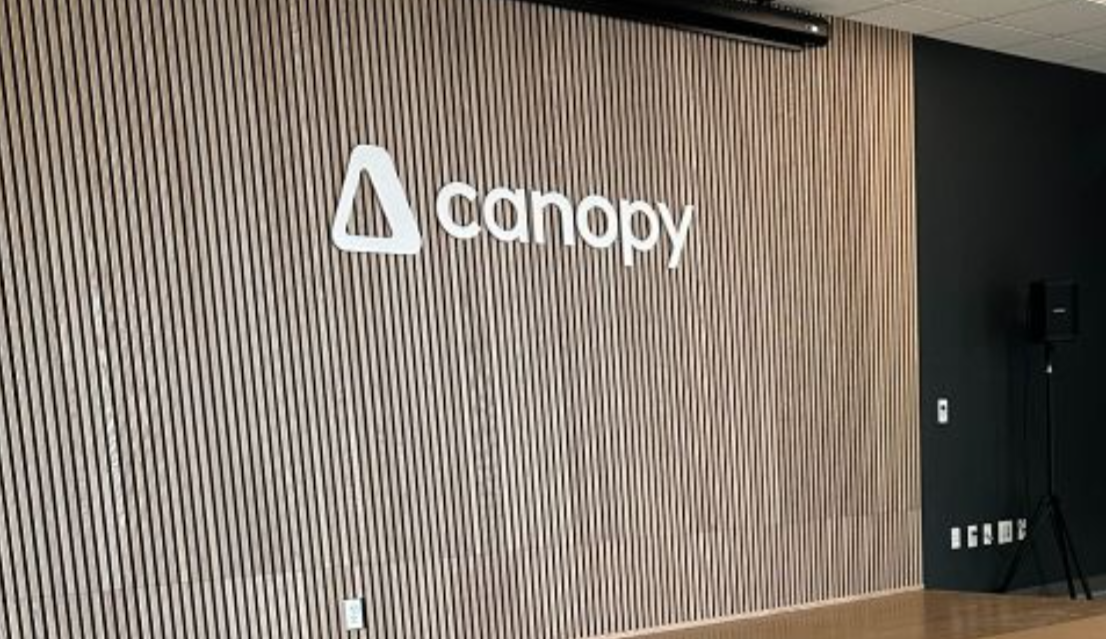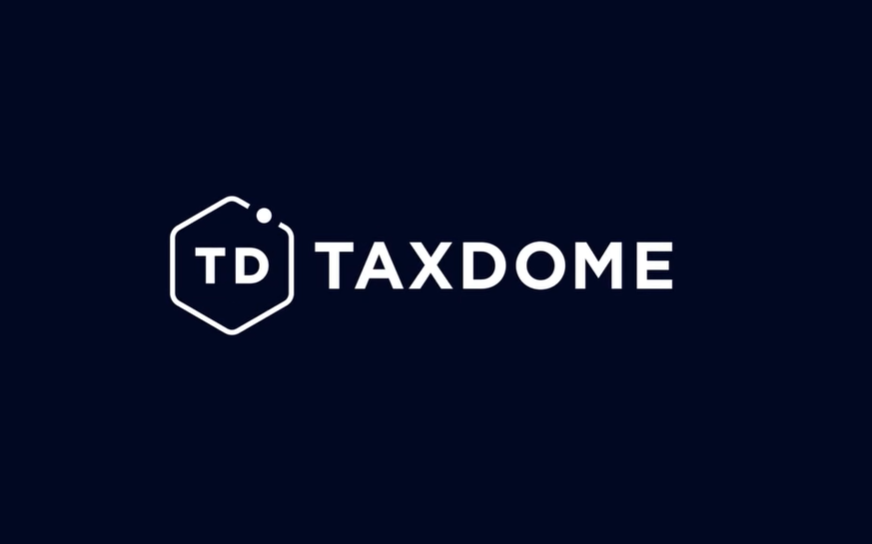Note: Author Dave Wyle, CPA is the Foudner and CEO of SurePrep, LLC.
Over the last decade, accounting firms ranging in size from small local firms to large international ones have embraced tax outsourcing as a way to improve efficiency, client service, and staff retention. This article will provide an overview of those benefits as well as discuss the workflow, security, and regulatory issues surrounding the business process.
Tax outsourcing improves efficiency in at least three ways. First, it increases the annual billable hours per tax professional by enabling firms to staff for off-season rather than peak-season workload. Second, tax outsourcing moves firms toward a paperless tax workflow which streamlines and standardizes the preparation and review process. Third, when offshore tax outsourcing is used, firms can significantly reduce costs due to the wage differential between U.S. and offshore preparers.
Tax outsourcing improves client service in at least two ways. First, with most tax outsourcing vendors providing a one to three day turn-around time, firms can get tax returns back to their clients days if not weeks earlier. Second, by eliminating mundane data entry and file organization tasks outsourcing enables tax professionals to focus on higher level, value-added client services.
Finally, firms say that tax outsourcing improves their ability to attract and retain qualified staff by “taking the edge” off tax season. Long busy season hours drive many people out of the profession. Tax outsourcing enables firms to get the work done while providing staff some semblance of a normal life during tax season.
Tax outsourcing is enabled by paperless workflow technology that connects a CPA firm with its tax outsourcing service provider. When taxpayer source documents are received, the CPA firm scans and uploads them to the tax outsourcer’s website along with a copy of the proforma tax software file. The tax outsourcer then preparers the tax return along with an organized, indexed, and annotated set of digital workpapers that make review more efficient.
If corrections are needed, CPA firms can either have the outsourcer make them or do it themselves if the work required is small.
Along with quality, the top concern of most CPA firms that outsource is maintaining the security and privacy of taxpayer information. Firms must adequately vet their service providers to ensure data security is maintained. To do this, firms should consider the security of the location where the work is performed (the service center), the security of the hardware where the data resides (the data center), the security of the software used to provide the service, and the security of the data while in transit.
SurePrep’s onshore and offshore service centers, for example, are designed to prevent its tax preparers from removing taxpayer data from the facility. To start with, no hardware in the service center contains taxpayer data. SurePrep preparers work from virtual machines located in world class data centers. So theft of hardware from the service center would not cause a breach of taxpayer data security. Furthermore, SurePrep preparers do not have the ability to send taxpayer data out of the service center via email or the internet.
Because SurePrep maintains a paperless environment there’s no ability to print or write taxpayer data on paper that could be removed from the premises. SurePrep preparers are prohibited from using cell phones at their workstations so that data cannot be removed verbally, by texting, or digital photography. And closed circuit cameras record all work areas to ensure compliance with these security procedures.
Most people that visit their tax outsourcer’s service center comment that the security is beyond that of any CPA firm. In addition to preventing the unauthorized removal of data from the service center, the servers where the data resides need to be physically secure from theft or intrusion. To achieve this, tax outsourcers should maintain servers at data centers with SAS70 Type 2 and SSAE-16 certifications.
Even if the servers are physically secure, firms need to have confidence that outsourcers’ servers cannot be hacked into over the internet. To provide this level of assurance, SurePrep hires a company to try to hack into its systems every year. Vulnerabilities found are remediated after which the security consultant provides its unqualified opinion as to the security of the software. Finally, data must be safe while in motion. This can be achieved by ensuring all data transfers between the CPA firm and outsourcing provider are done over an encrypted connection.
Tax outsourcing services can be performed onshore or offshore. Using offshore resources reduces costs but requires the CPA firm to obtain a signed and dated Section 7216 consent letter from the taxpayer before tax return information is disclosed to an offshore tax preparer.
Section 7216 consent letters must include the name of the taxpayer, the name of the tax return preparer, the name of the recipient, the intended purpose of the disclosure, and the specific tax return information to be disclosed. The letter may specify the duration of the consent (e.g., 10 years) eliminating the need to get it signed every year. Every firm we know that has requested 7216 consents from their clients has received them without issue enabling them to enjoy cost advantages over most other firms.
Summer is a great time to test tax outsourcing and see if the process can benefit your firm. In addition to the above considerations, firms will want to ensure the tax outsourcer has the experience necessary to prepare high quality returns, and has technology that can add value beyond the tax outsourcing service. SurePrep, for example, streamlines the onscreen preparation and review of tax returns with its SPbinder paperless tax binder.
SPbinder is a workpaper system that integrates PDF, Excel, Word and e-mail documents into a single electronic tax binder. SPbinder provides a common set of tools that allow workpapers of every format to be cross-referenced, tickmarked, annotated, and signed off. SPbinder tracks open items, review notes, and automatically determines missing documents. And SPbinder enables each worksheet or page in a file to be organized separately, providing the same organizational flexibility as with paper (something that can’t be done with any other document management or workpaper system). Each tax outsourcer provides its own flavor of value-added technology. It is up to firms to decide which will provide the most benefit.
Thanks for reading CPA Practice Advisor!
Subscribe Already registered? Log In
Need more information? Read the FAQs
Tags: Software



